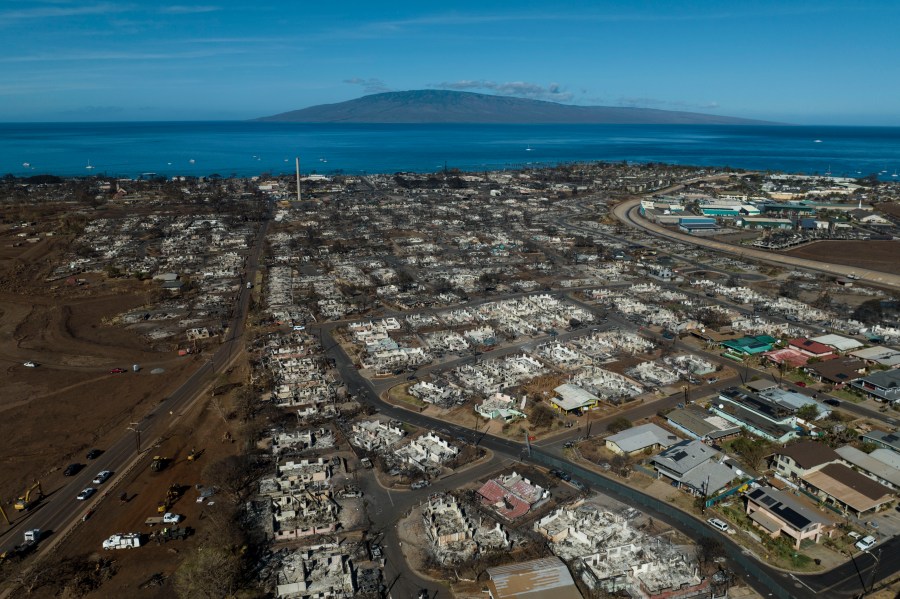HONOLULU (KHON2) — A new wildfire forecast system is being developed at the University of Hawaii that uses artificial intelligence to potentially save lives.
The new system would help “enhance public safety, preparedness and risk mitigation” and will help issue timely warnings to both the community and first responders.
According to UH, the warnings issued by the early detection system will help the community plan for evacuations and home-risk mitigation.
Officials added that the system will “help reduce the overall impacts of wildfires through rapid response and suppression efforts.”
The State’s current forecast system is rooted in a single station at the Honolulu Airport. According to researchers, artificial intelligence will predict wildfire occurrences more accurately than the current system.
The use of AI will also help push past Hawaii’s diverse microclimates. Reports said “Hawaii has 10 of the world’s 14 climate zones” presenting different factors such as terrain, vegetation or urbanization.
By better anticipating potential wildfire locations and intensities, the forecast system can assist emergency responders to allocate resources more efficiently. This includes positioning of firefighting teams, equipment and helicopters in strategic locations based on the forecasted fire behavior. The rapid response may lead to better control of the fire, reducing its spread and resultant damage.
Sayed Bateni, project principal investigator and professor in the UH Manoa Department of Civil, Environmental and Construction Engineering and Water Resources Research Center
The project will be apart of the Red Flag Warning to help improve overall awareness and capabilities to the NWS, DLNR Division of Forestry and Wildlife, county fire departments, and HEMA.
It will be supported by a $1 million grant with hopes that the system will be operational in two years.
